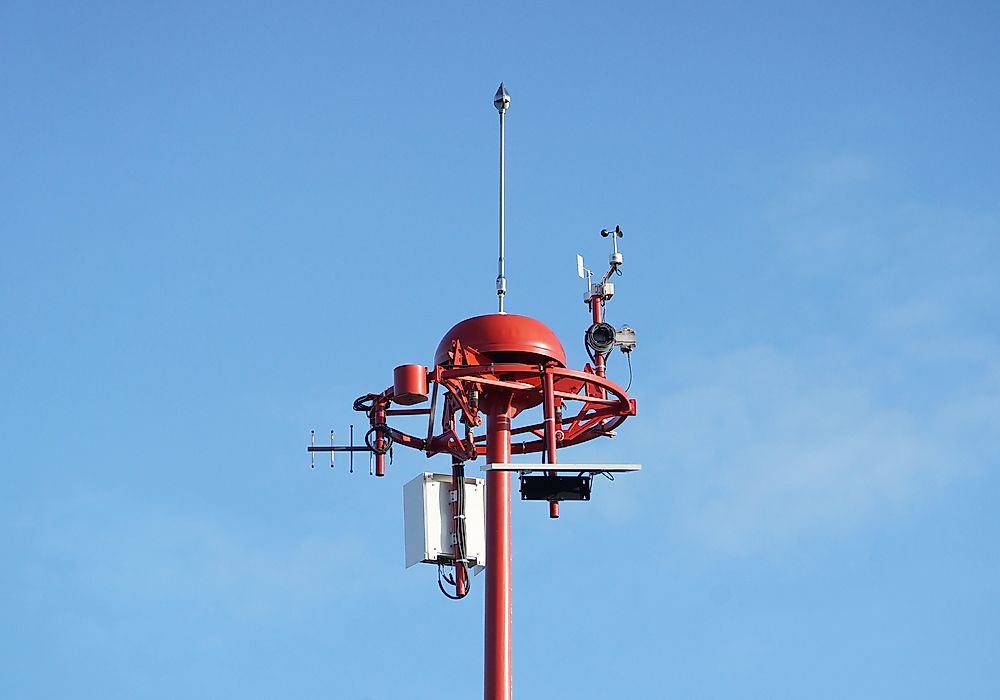What is Wind Shear?

Also known as wind gradient, wind shear refers to a change in the wind direction and/or wind speed as the height changes in the atmosphere. Sometimes, it can also refer to a quick change in wind speed over a lateral distance at a given height such as during the takeoff of airplanes. At any given time, there is some given amount of wind shear in the atmosphere. If the wind shear becomes stronger, then hail, severe thunderstorms, and tornadoes can form.
Places Where Wind Shear is Strongest
One of the places where this phenomenon is strong is at weather fronts. Wind shear will be particularly strong if the temperature difference at the front is at least 9°F and moving at speeds of at least 30 knots. Since weather fronts are three-dimensional, shear at the front can be observed at any elevation from the surface of the earth to the tropopause either vertically or horizontally. Of more concern is the vertical shear occurring over warm fronts since they last for longer.
Another place is around mountains. When winds blow over a mountain, the lee side develops a vertical shear. In some cases, depending on the strength of the wind, the winds lead to the development of turbulent eddies that are particularly dangerous for aircrafts. Other situations where wind shear is strong include downbursts, inversions, low-level jet streams, and upper-level jet streams.
Wind Shear in Aviation
In the 1970s and the 1980s, wind shear was responsible for several accidents without the knowledge of pilots. During takeoff, a localized wind shear can help an aircraft during takeoff as well as boost the aircraft's speed just after takeoff. If a pilot is unaware of the wind shear, then he or she may reduce the airspeed of the plane by reducing engine power. After coming out of the localized zone, the speed of the aircraft reduces greatly thus increasing the rate of sinking. At some point, the downdraft begins to oppose the lift force generated by the wings. At this point, the survival of that aircraft depends entirely on the altitude. If it is too low, then an effective recovery is next to impossible thus leading to crashes. To deal with this problem, it is now a requirement for airports and aircrafts to have devices for measuring wind shear.
Parachutists are also in danger of being affected, especially wingsuit flyers and BASE jumpers. The sudden changes in the direction of the wind can push a diver off course, which may lead to a collision with structures such as trees, tall buildings, cliff sides, and bridges. As a solution, professional divers have to adjust their trajectories in order to deal with wind shear. Gliders also have to make similar adjustments during flight and landing.
Wind shear also affects the propagation of sound, especially in the lower atmosphere. This action was observed during the 1862 American Civil War Battle of Iuka when two units could not hear gunshots only six miles away and so never knew of the battle. Other fields affected include sailing and architecture.











